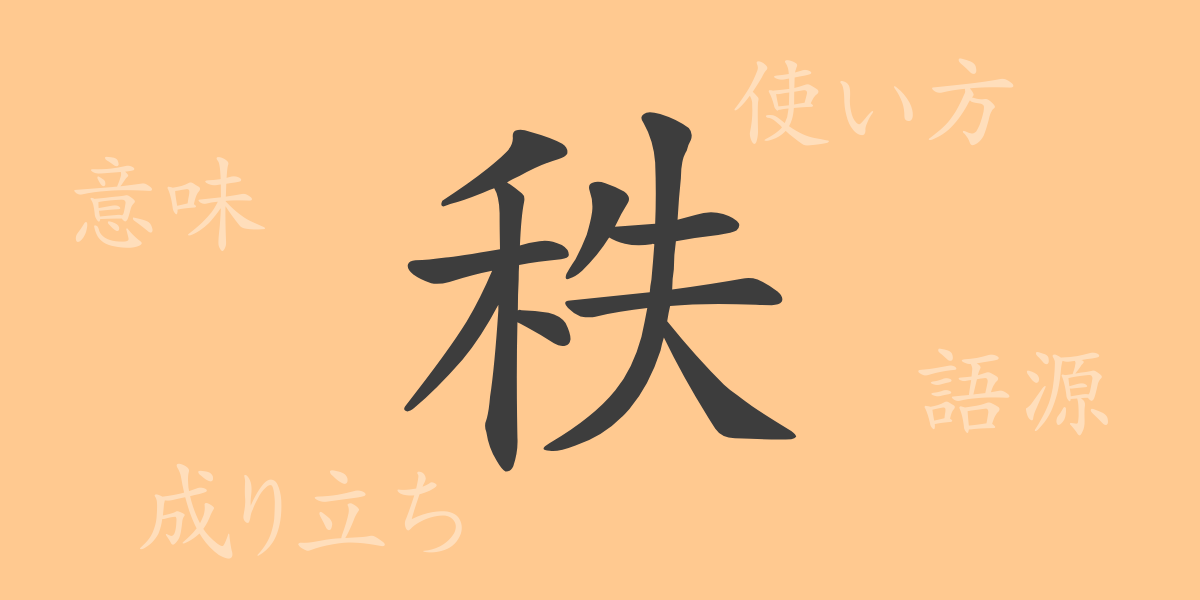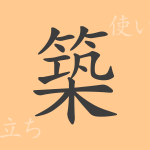Kanji characters embody deep historical and semantic significance. “秩(ちつ),” a commonly used kanji in Japanese, encapsulates concepts such as order and hierarchy, playing a vital role in our daily lives and societal structures. This article delves into the origins, meanings, and uses of “秩,” exploring its influence through idiomatic expressions and proverbs.
Origins of “秩(ちつ)”
The kanji “秩” traces back to ancient China, evolving from the combination of “禾” (cereal grain) and “失” (to lose). In ancient China, establishing a hierarchy in grain distribution was crucial for maintaining social order. Thus, “秩” came to symbolize order and systems, reflecting its role in societal foundations.
Meaning and Usage of “秩(ちつ)”
“秩” is primarily used to denote ‘order’ or ‘sequence.’ It is also employed to describe social strata or hierarchies. Common phrases like “秩序を乱す” (disrupt the order) and “社会秩序” (social order) illustrate its use in referencing an orderly state or system.
Readings, Stroke Count, and Radical of “秩(ちつ)”
The kanji “秩” holds notable features in its readings and structure:
- Readings: On’yomi “チツ” (chitsu); there are no Kun’yomi readings.
- Stroke Count: 10 strokes.
- Radical: “禾(のぎへん)” (cereal grain).
Idioms, Phrases, and Proverbs Using “秩(ちつ)”
“秩” appears in various idioms and phrases, each with unique meanings:
- “秩序” (chitsujo) – Denotes an orderly and disciplined arrangement.
- “秩序立てる” (chitsujo tateru) – To organize things methodically.
- “秩序正しい” (chitsujo tadashii) – Describes something that follows a proper sequence.
- “秩序維持” (chitsujo iji) – Refers to maintaining established order.
Conclusion on “秩(ちつ)”
Through this article, we have explored the multifaceted aspects of the kanji “秩.” From its origins to its meanings, usages, and presence in idioms and proverbs, “秩” is indispensable for understanding both the language and social structures of Japan. The concept of order embedded in this character continues to hold significant value in our lives.

























